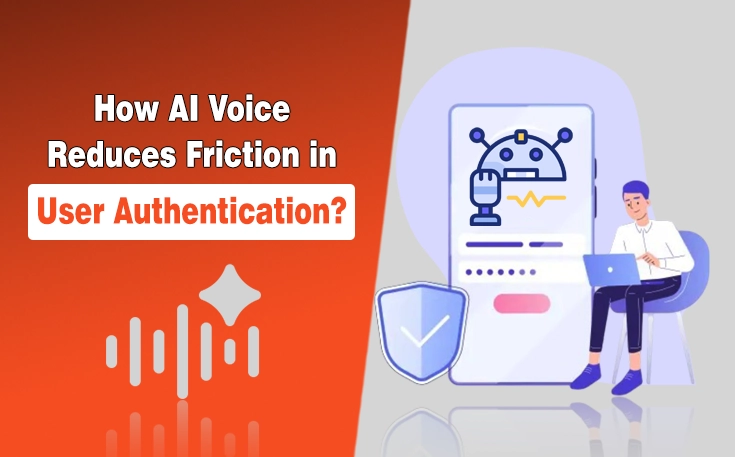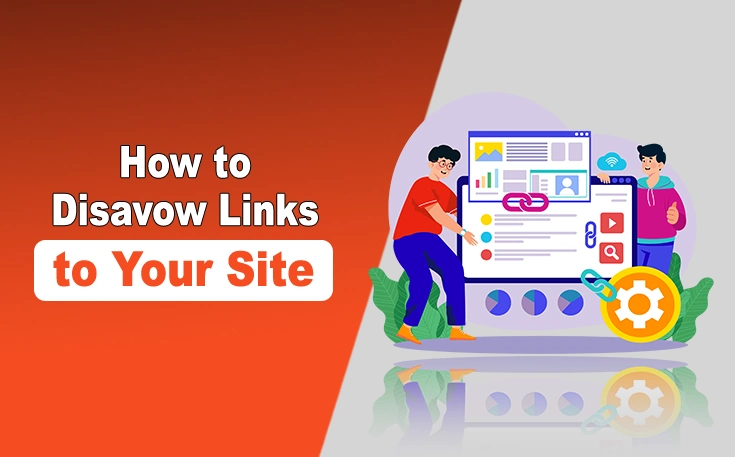In our increasingly connected world, API interoperability has become a foundational element of modern business solutions. APIs (Application Programming Interfaces) allow distinct software systems to communicate, share data, and function as integrated platforms, and drive innovation, efficiency, and flexibility. From large enterprises to startups, organizations across industries rely on APIs to streamline workflows, enhance user experiences, and deliver value at scale.
In this blog, I have examined the significance of API interoperability in contemporary business, alongside evaluating its advantages, obstacles, best practices, and emerging trends.
I will also touch on real-world implications in sectors such as finance, logistics, retail, and, importantly, healthcare.
What Is API Interoperability?
API interoperability refers to the ability of disparate software systems to seamlessly exchange and utilize data, commands, and services via their APIs.
Achieving this requires several layers of compatibility:
- Semantic interoperability to ensure that data shared has a consistent meaning across systems.
- Syntactic interoperability by using compatible data formats (e.g., JSON, XML).
- Interface compatibility to guarantee that APIs use standardized protocols and structures (e.g., REST, GraphQL, gRPC), authentication methods, error handling, and versioning strategies.
When systems are interoperable, businesses avoid vendor lock-in, reduce redundancy, and build ecosystems where composite applications deliver enhanced functionality.
Business Benefits of API Interoperability
1. Agility & Faster Time-to-Market
Interoperable APIs enable rapid development and integration. Teams can “plug in” third-party services, such as payment gateways, analytics platforms, or CRM modules, without reinventing the wheel. This accelerates time-to-market and allows businesses to adapt quickly to changing customer needs.
2. Scalability & Modularity
Modular architecture, powered by APIs, lets businesses scale individual components independently. When a payment processing microservice needs heavier compute resources, it can be scaled without impacting other modules. Interoperable APIs make such resilience and flexibility feasible.
3. Innovation & Ecosystem Growth
APIs open doors to ecosystem development. Companies can expose their services to partners, developers, or customers, spurring third-party innovation. Think of marketplaces like Amazon’s AWS, app stores like Salesforce’s AppExchange, or mobile app platforms, APIs create fertile ground for creative value creation.
4. Cost Efficiency
Interoperability reduces duplication of effort. Instead of building internal capabilities, companies can integrate specialized third-party services. This lowers development costs, reduces maintenance overhead, and enables teams to focus on core competencies.
Improved User Experience
For end users, whether employees, customers, or partners, API interoperability enables unified experiences. A single sign-on (SSO) across services, seamless data synchronization between CRM and ERP, or unified dashboards that surface insights from multiple sources become possible.
Real-World Example – Healthcare

Healthcare systems often suffer from healthcare interoperability problems. Multiple Electronic Health Record (EHR) systems, laboratories, imaging providers, and insurers maintain separate data silos. Without interoperable APIs, patient data remains fragmented, leading to inefficiencies, errors, and poorer health outcomes.
For example:
- A patient’s medical history may be scattered across clinics, hospitals, and labs.
- Doctors may lack real-time access to critical lab results or medication records.
- Patients may need to repeatedly fill redundant forms or undergo duplicate tests.
Interoperable APIs, guided by standards such as HL7 FHIR (Fast Healthcare Interoperability Resources), enable consistent, secure, and timely data exchange. Hospitals and clinics can access a patient’s lab results, medication history, and imaging in structured form, leading to more informed decision-making and improved care.
Moreover, interoperability supports patient-centric models: applications for remote monitoring, telemedicine, or personal health records can integrate with clinical systems smoothly, empowering individuals to manage their health better.
Other Sectoral Use Cases
1. Finance and Fintech
Banks, fintechs, and payment platforms thrive on API interoperability. Open banking regulations (e.g., PSD2 in Europe) require banks to expose customer-enabled APIs, allowing third-party providers to build aggregators, budgeting apps, or credit scoring tools. Interoperability fuels innovation in personalized financial services.
2. Logistics and Supply Chain
APIs connect inventory systems, shipping carriers, warehousing platforms, and e-commerce storefronts. Real-time inventory visibility, automated shipping rate comparisons, and unified order tracking all hinge on seamless interoperability.
3. Retail and e-Commerce
Retailers blend in-store systems, e-commerce platforms, payment providers, and marketing tools. Product catalogs, customer profiles, and sales analytics must flow between systems via APIs to deliver omnichannel experiences.
4. Travel and Hospitality
Booking systems, payment gateways, review platforms, and property management systems rely on mutually compatible APIs. Meta-search engines like Kayak or Google Flights aggregate offers only because standardized APIs allow travel providers to expose real-time availability and pricing.
Key Challenges in Achieving API Interoperability
Despite its benefits, achieving true interoperability presents several challenges:
- Diverse Standards: Multiple API styles, RESTful, GraphQL, SOAP, diverge in design philosophy. Without harmonization or intermediary layers, systems struggle to interoperate.
- Semantic Gaps: Even when data formats match, different systems may use different terminology or schema structures. For instance, one system’s “customer_id” versus another’s “client_ref.” Aligning semantics requires mapping layers or shared ontologies.
- Versioning & Evolution: APIs evolve. Without careful versioning, changes can break dependent systems. Coordinating upgrades across systems becomes complex, especially in decentralized environments.
- Security, Privacy & Governance: Interoperability must not compromise security. Authentication, authorization, encryption, and auditability must be consistent across systems. In regulated sectors like healthcare, ensuring HIPAA or GDPR compliance adds more complexity.
- Legacy Systems: Many organizations rely on older systems with limited API capabilities. Bridging them into modern, interoperable ecosystems requires additional middleware or adapters.
- Performance & Reliability: Cross-system API calls introduce latency and potential points of failure. Ensuring resilience through caching, retry logic, circuit breakers, and monitoring is essential.
Best Practices for API Interoperability
To overcome these challenges, businesses should adopt a robust strategy:
- Adopt Open, Industry-Standard Protocols: Use standards like REST/JSON, gRPC, or domain-specific ones like HL7 FHIR (healthcare), ISO 20022 (finance), or OTA’s OpenTravel (travel). Standardization reduces friction.
- Use API Gateways and Middleware: API gateways can provide translation, orchestration, monitoring, and security. Middleware layers can harmonize different API styles, data formats, and versions.
- Define Clear Versioning and Documentation Policies: Semantic versioning, deprecation paths, changelogs, and comprehensive documentation are crucial. Use OpenAPI (Swagger) or GraphQL schemas for clarity.
- Establish Semantic Alignment: Create shared data models, ontologies, or mapping layers to translate between distinct systems. Tools like JSON-LD or schema registries help maintain consistency.
- Ensure Secure and Governed Access: Implement strong authentication (e.g., OAuth 2.0) and authorization. Use rate limiting, API keys, and enforce encryption. Incorporate auditing and monitoring tools for compliance and visibility.
- Enable Developer Portals and Ecosystems: Provide sandbox environments, SDKs, code samples, and clear onboarding guides. These resources help third parties quickly integrate and reduce friction.
- Plan for Resilience and Scalability: Design APIs with redundancy, fallbacks, and load-balancing. Use distributed tracing, logging, and alerting to detect and recover from failures.
- Modernize Legacy Bridges: Wrap legacy systems with adapter layers (e.g., exposing databases via RESTful wrappers). Gradually refactor toward more interoperable services.
Final Thoughts
In today’s fast-paced business landscape, API interoperability is not optional; it’s a strategic imperative. It enables agility, innovation, cost-effectiveness, and user-centricity. From mitigating healthcare interoperability problems to enabling open banking, seamless supply chains, and personalized retail experiences, interoperable APIs empower organizations to thrive in interconnected ecosystems.
Yet, realizing this potential demands thoughtful design, adherence to standards, robust security and versioning practices, and ecosystem-friendly governance. By embracing best practices and anticipating future trends, businesses can build resilient, scalable, and future-ready solutions that interoperate smoothly in a complex digital world.
Need custom app with amazing features?
Get a Quote




